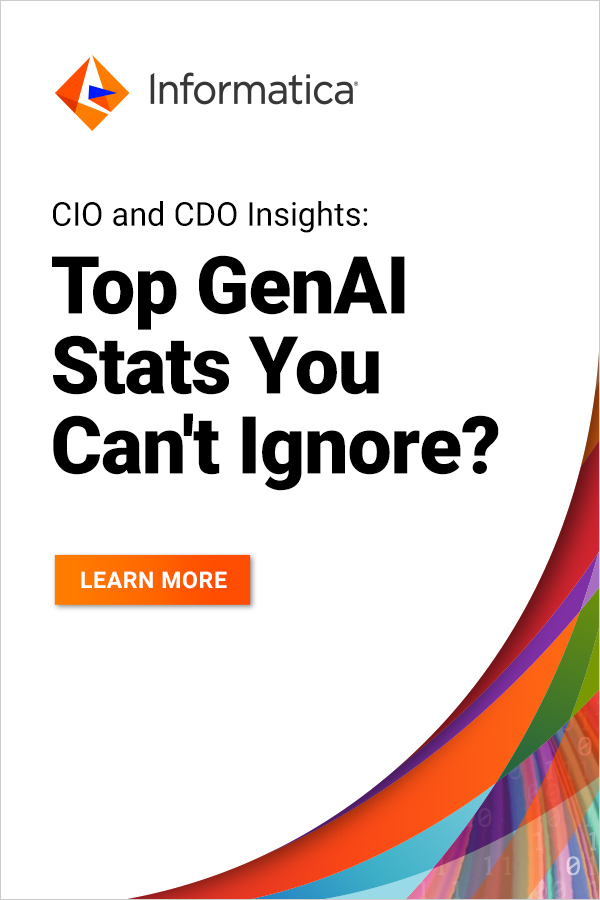This preference stems from gold's historical track record during periods of economic uncertainty, where it often outperforms traditional investments like stocks or bonds. Understanding how these expectations form and influence decisions can provide valuable insights for anyone looking to protect their portfolio. This article draws on recent market data, research findings, and real-world trends to explore this dynamic, offering practical guidance along the way.
Understanding Inflation Expectations
Inflation expectations refer to what consumers, businesses, and investors anticipate prices will do in the future. These forecasts are shaped by a mix of factors, including central bank policies, government spending, supply chain disruptions, and geopolitical events. For instance, surveys like those from the University of Michigan or break-even rates derived from Treasury Inflation Protected Securities often serve as barometers. When expectations rise, people adjust their behaviours, such as demanding higher wages or shifting investments to preserve purchasing power.
In the context of gold, higher inflation expectations typically boost demand because the metal is seen as a hedge that maintains value when fiat currencies depreciate. Research indicates that gold's effectiveness as an inflation hedge strengthens when monthly inflation exceeds certain thresholds, such as 0.55 percent in the U.S. This nonlinear relationship means gold doesn't always react uniformly to low-level inflation but shines during more pronounced episodes. Investors monitor these expectations closely, using tools like the Consumer Price Index releases or forward-looking indicators to gauge potential moves.
Historical Context and Gold's Role
Looking back, gold has demonstrated its hedging qualities in various inflationary eras. During the 1970s, when inflation averaged over 7 percent annually in the U.S., gold prices skyrocketed from around 35 dollars per ounce to over 800 dollars by 1980. This period highlighted how persistent inflation erodes confidence in paper money, driving capital toward tangible assets. More recently, in the post-pandemic recovery of the early 2020s, gold rallied as stimulus measures fueled inflation fears, even as actual inflation eventually moderated.
Studies confirm this pattern but with nuances. For example, analysis from the CFA Institute suggests that gold's relationship with inflation is unstable over short terms, performing better as a long-term protector rather than an immediate responder. In emerging markets or during currency crises, gold often acts as a safe haven, decoupling from local inflation dynamics. This historical lens helps explain why, in 2025, amid trade tariffs and fiscal expansions under the Trump administration, investors are recalibrating their preferences toward gold once again.
Mechanisms Driving Investor Preferences
Several mechanisms link inflation expectations to gold preferences. First, opportunity cost plays a key role. When real interest rates are low or negative, as often happens when inflation outpaces bond yields, holding non-yielding assets like gold becomes more attractive. Expectations of Federal Reserve rate cuts in response to economic slowdowns amplify this effect, reducing the allure of cash or fixed income investments.
Geopolitical risks and policy uncertainties further fuel this shift. In 2025, escalating trade tensions and conflicts in Europe and Asia have heightened inflation fears through disrupted supply chains, pushing commodity prices up. Goldman Sachs research positions gold as the top commodity hedge against both inflation and geopolitical risks, outperforming others like oil or copper in such scenarios. Investors respond by allocating more to gold exchange-traded funds or physical bullion, viewing it as insurance against tail risks.
Moreover, central bank buying adds momentum. Institutions like the People's Bank of China and others have ramped up gold reserves in 2025, signalling distrust in dollar-dominated assets amid rising U.S. debt levels. This official sector demand reinforces private investor confidence, creating a self-fulfilling cycle where higher expectations drive prices, attracting more buyers.
Current Trends in 2025
As of August 2025, gold has continued its upward trajectory, with the XAU/USD price reaching around 3378 dollars per troy ounce, marking a 39 percent increase year over year. This surge aligns with inflation expectations hovering around 2.3 percent, as indicated by TIPS breakevens, amid concerns over tariff-driven price pressures. J.P. Morgan forecasts suggest averages of 3675 dollars by the fourth quarter, driven by persistent uncertainties.
Recent data from the World Gold Council shows gold returning 26 percent in the first half of the year, outpacing many asset classes. Investors are particularly drawn to gold during the latter stages of inflationary regimes, where social and economic instability prompts protective moves. On platforms like X, discussions highlight how Trump's tax bills and Fed pressures are sparking inflation fears, leading to gold surges above $3350. These real-time sentiments underscore how expectations, amplified by social media and news, accelerate preference shifts.
Volatility in the XAU/USD price also reflects these dynamics. For instance, ahead of non-farm payrolls data, traders position for potential rate adjustments, with gold often gaining on weaker economic signals that heighten inflation hedging needs. Research from Econofact attributes about 6 percent of recent gold price rises to a pickup in inflation expectations from late 2024.
Challenges and Considerations
While gold excels in high inflation expectation environments, it's not without drawbacks. Short-term price swings can be sharp, influenced by dollar strength or equity market rallies. For example, if inflation moderates faster than anticipated, gold could face downward pressure, as seen in brief corrections earlier this year. Diversification remains key; overallocating to gold might expose portfolios to opportunity costs if stocks rebound.
Comparative studies show gold outperforming other hedges like art or wheat in certain inflationary contexts, but its liquidity and global acceptance give it an edge. Investors should consider factors like storage costs for physical gold or management fees for ETFs when building positions.
Conclusion
Inflation expectations undeniably mould investor preferences for gold, turning it into a go-to asset when economic clouds gather. The mechanisms at play, from opportunity costs to geopolitical hedges, create a compelling case for inclusion in diversified portfolios, especially in 2025's uncertain landscape. Drawing from cycles I've observed, where inflation surprises often catch markets off guard, gold has repeatedly proven its worth by preserving capital during turbulent times.
In my view, while it's not a panacea, allocating a modest portion, say 5 to 10 percent, to gold can provide that crucial buffer against eroding purchasing power. Ultimately, staying attuned to expectation indicators like PCE data or central bank signals will help navigate these preferences effectively, ensuring resilience in the face of whatever inflationary twists lie ahead.
ITWire editorial disclaimer: The information outlined in this article should not be interpreted in any way as financial advice or as a recommendation by iTWire's employees, partners or suppliers. This content is intended for informational purposes only. Before making any investment decision, iTWire recommends that you seek independent financial advice from an accredited professional advisor.



































